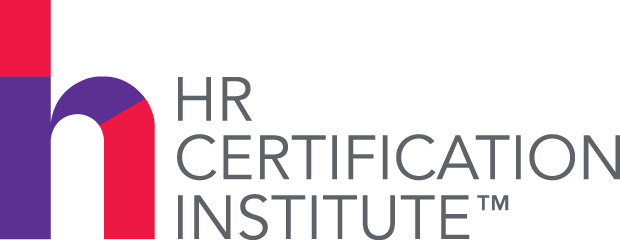In
business, there is little debate about the importance for companies to
invest in their people by offering training and other learning
opportunities. The premise is that money spent in training expenditures
will eventually come back in terms of enhanced shareholder value.
The American Society for Training and Development (ASTD),
for instance, in a study conducted in 2000 found that companies who
invested in employee training not only experienced positive financial
growth but higher profit margins.
Briefly, training refers to the acquisition of knowledge skills and
other competencies that are relevant for long term professional or
personal growth as a result of teaching vocational and technical skills
that relate to these competencies. But training is not limited to
classroom sessions or institutional menus that organizations provide.
In fact, it starts from the moment a person lays his hand into a
productive undertaking and hones his skills and knowledge through
activities that tend to develop familiarity of its processes. Learning
continues, or rather, extends far and beyond the four corners of the
classroom.
Yet, like all other investments, training is profitable only when
"invested" properly. Moreover, it should not be done just for the sake
of doing it. Rather, it should be made available to those who are
willing to embrace it so that it could effect substantial change in
their professional or even personal lives.
The right employee training, development and education, given at the
right time for the right people, provides big payoffs for the employer
in terms of increased productivity, knowledge, loyalty, and
contribution. This is typically accomplished through a complete or more
holistic training program that includes not just a system for orienting
new employees but a comprehensive continuing education program that
will keep the employees abreast with company goals, policies and
procedures.
Companies must also be mindful of what they are training their
employees for. Training is essentially reward for a job well done.
Thus, it should be given as part of standard operating procedure.
Dealing with "soft skills" training, however, is another story. It is
not uncommon for companies to fall into the trap of sending employees
to all sorts of "behavioral modification" supposedly to "correcting"
their "weaknesses" only to realize its futility after investing
wastefully on time and money.
To get the best out of people, training then must be directed
primarily to enhancing people's "natural talents or skills" rather than
to correcting their inherent weaknesses. Instead of a tool to reinvent
people, it should serve as a catalyst to ignite their inner strengths
and become better individuals.
Finally, being creative, innovative, open-minded, and responsive
still remains to be the best indicators to ensure that learning takes
place either for oneself, one's team, or one's organization. This is
because in the end, one cannot really teach people how to be bold and
take risks-people have to experience those which make them bolder and
come face to face with those that make them want to take risks.
Training, just like life, must be experienced. ---JK
Download the full whitepaper on this Editorial here.





